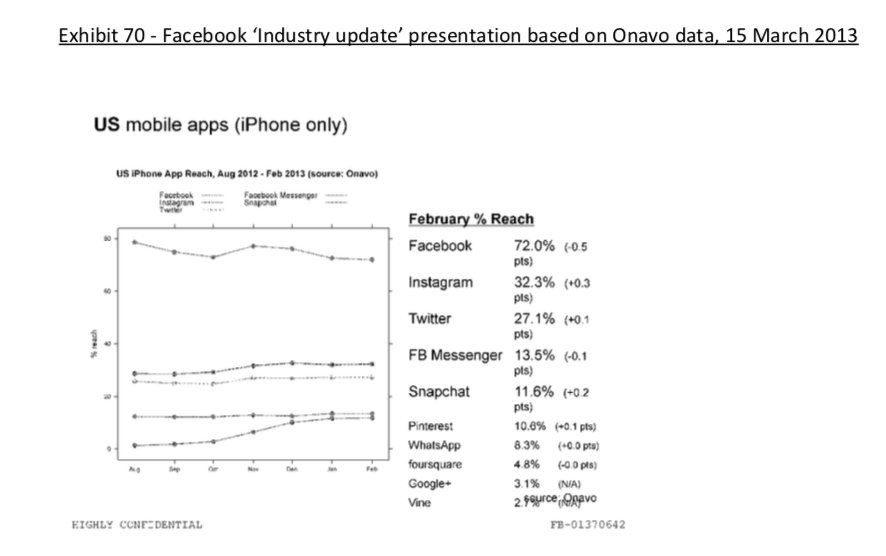Mr. Peter Lynch managed the Magellan fund, averaging a 29% yearly return
This makes him the most successful fund manager of all time.
He strongly believes that anyone has the ability to outperform the market
Here's an insight into his own, winning research strategy...
First, Mr. Lynch categorises the stock he's researching to determine if it's a:
- Slow Grower ($PFE, $WMT)
- Stalwart ($KO $PG)
- Cyclical ($GM $AAL)
- Fast Grower ($MELI $TSLA)
- Turnaround ($FCAU $F)
- Asset Play ($MCD)
For each, there are differing factors to consider...
For all of the above, there are general fundamentals & stats to look at
These are:
- PE ratio: is it high or low for this company & for similar companies in the industry
- % of institutional ownership: The lower the better
- % of insiders buying: The higher the better
Cont...
- Record of earnings growth: are they consistent or sporadic (less important for asset plays)
- Balance sheet strength: debt to equity ratio
- Cash position: Cash per share, is there a floor price?
Once you've checked these out, check the following for the specific category...
Slow Grower:
- Generally bought for the dividend so check on dividend history, if it's always been paid & raised
- Payout ratio: What % of earnings are used to pay the dividend. Lower is better.
Stalwarts:
- PE ratio:
Big businesses that are unlikely to go out of business, so check you're not paying too much based on historic PE levels and industry average
- Diwosification:
Big businesses have a bad habit of wasting money on bad diversifications that lower earnings
Cyclicals:
- Inventories: watch closely the supply-demand relationship
- PE ratio: anticipate this to shrink over time as business recovers and investors look ahead to the end of the cycle when peak earnings are achieved
- Know your cyclical...
The better you know your cyclical stock, the greater your advantage
The auto industry is particularly repetitive and predictable for example
The worse the slump, the greater the following recovery
Next up...
Fast Growers:
- Is the product/service that's supposed to enrich the company going to contribute enough to earnings to make a difference?
- Earnings growth: Whats the recent growth trend in previous years? Stocks in the 20-25% range are Peter's favorite
Cont...
- Proven expansion: has the business duplicated its success to prove that expansion will work in multiple cities/towns/countries
- Room to grow: Is there any room left for growth, or have they maxed out their runway?
- PE ratio: is it at or near the growth rate?
Cont...
- Expansion phase: Are they at the beginning or end of their expansion? Is it speeding up or slowing down?
- Institutional visibility: with a fast grower, you want their to be minimal institutional ownership and only a handful of analysts covering the stock
Next up...
Turnarounds:
- Cash, Assets & Debt: Can they survive a raid by their creditors? $AAPL had $200M in cash & no debt during their crisis, so you knew it wasn't going out of business.
Also, check the debt structure. How long can they operate in the red whilst working out issues?
- If it's bankrupt already, what's left for shareholders?
- How will they turn around? Have they rid themselves of unprofitable divisions for example?
- Is business coming back again?
- Are costs being cut? If so, what will the impact be?
Next up...
Asset Plays:
- Assets: What's the value of the assets? Are there any hidden?
- Debt: How much debt is there to detract from those assets? (creditors get first dibs)
- Are they taking on new debt? This makes assets less valuable
I've studied the traits of the most successful investors of the last century, implementing the learnings into the successful investment strategy I teach in
@TheStockGroup If you'd like access to:
- Successful portfolio's
- Research articles
- Options trades
- Buy alerts
Cont...
@TheStockGroup And much more
You're in luck
There's 40% off memberships whilst we completely revamp the discord server to bring members even more value
Go to
@TheStockGroup and see the pinned tweet to join now and save!
@TheStockGroup If you found this thread helpful, please:
- Retweet the first tweet below
- Follow
@FiSavvy I'll show you how to invest and manage your money so your 9-5 becomes optional


